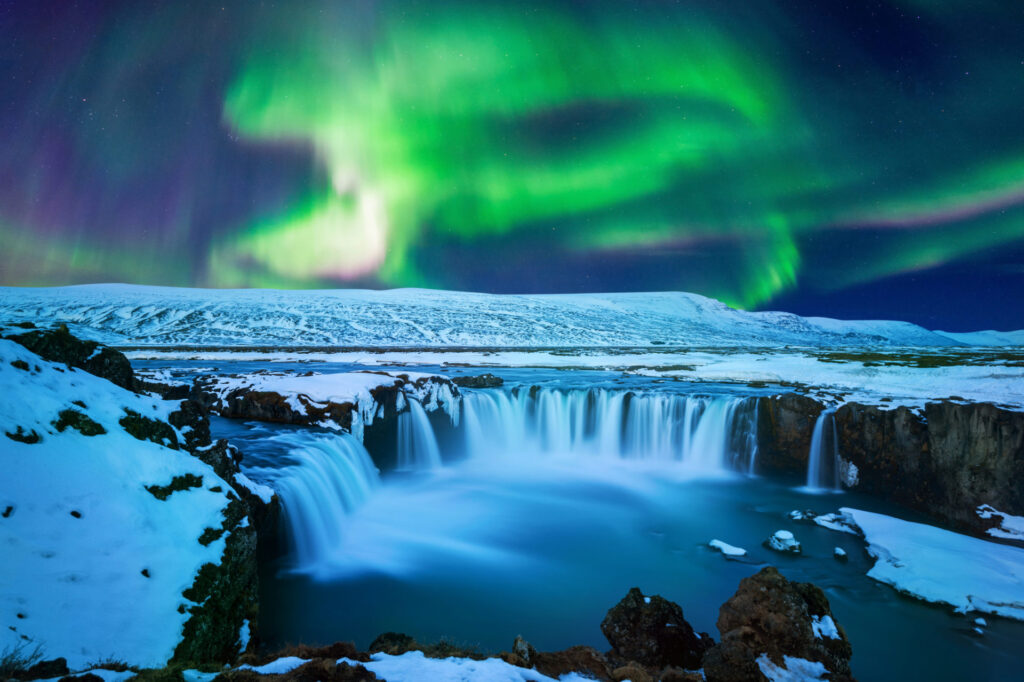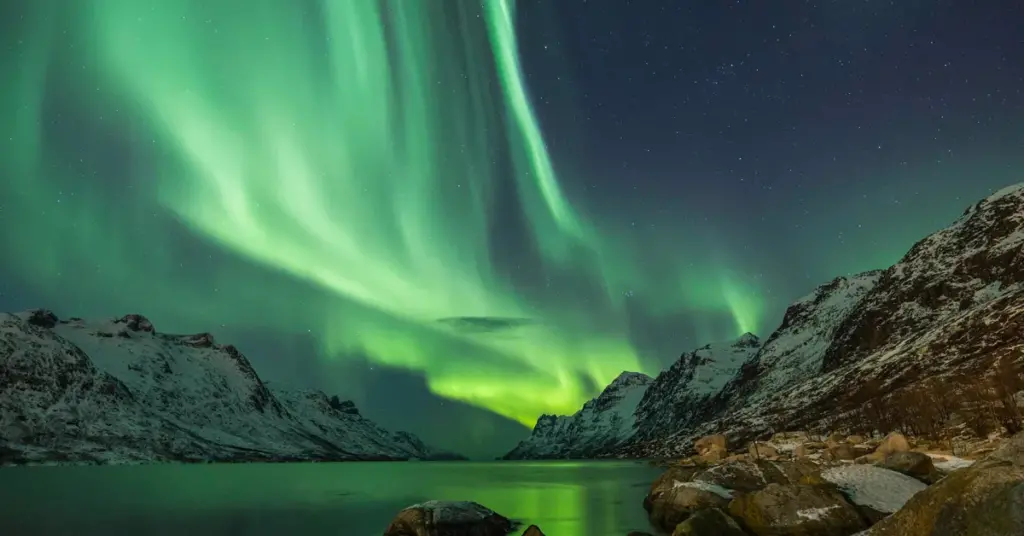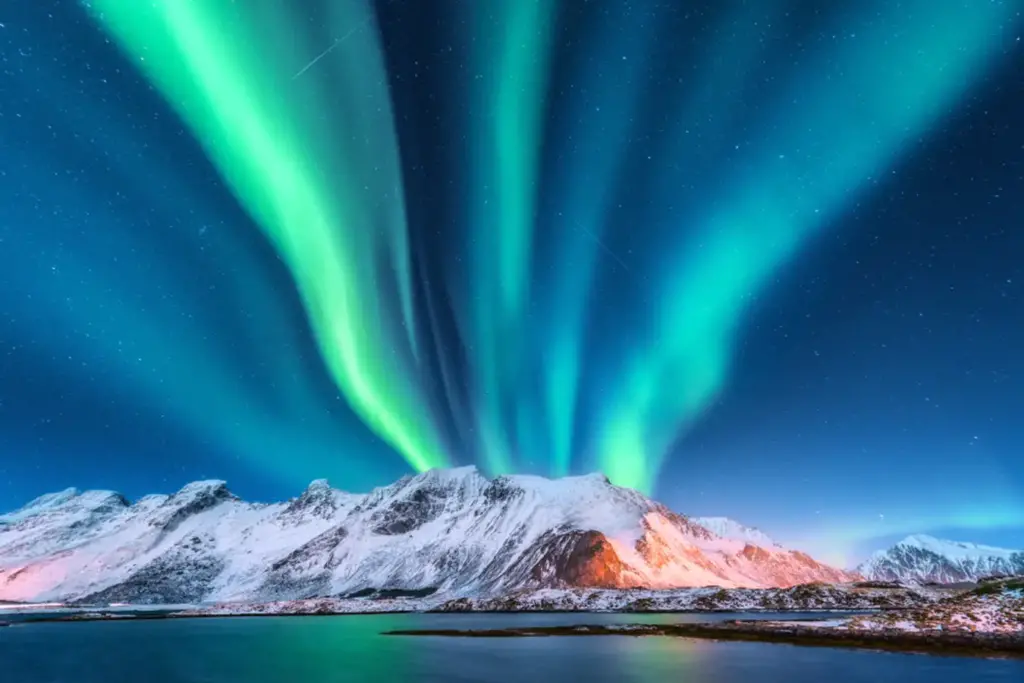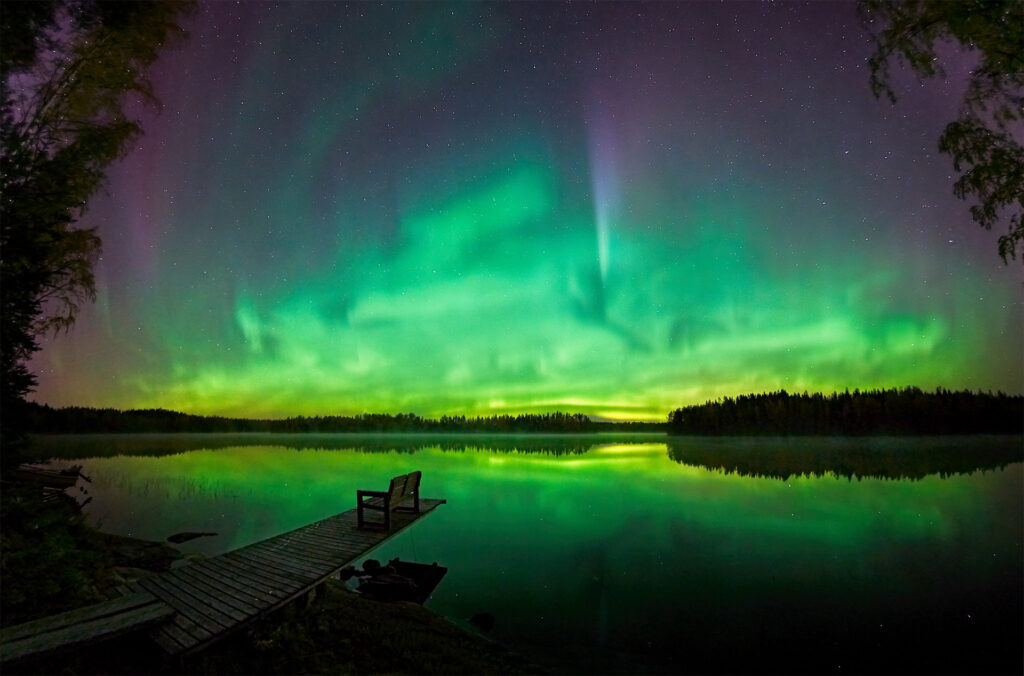Unlocking the Magic
Iceland, a land of unparalleled natural beauty, is one of the prime destinations for witnessing the celestial wonder of the Northern Lights, also known as the Aurora Borealis. In this comprehensive guide, we will delve into the enchanting world of Iceland’s Northern Lights, exploring the optimal times to witness this mesmerizing spectacle, the factors influencing their appearance, and essential tips for an unforgettable aurora-chasing adventure.

The Dance of the Aurora
The Northern Lights, a captivating display of colourful lights in the Earth’s polar regions, have long fascinated and enchanted observers. Iceland’s unique geographical location, just below the Arctic Circle, makes it an ideal stage for this celestial performance. The lights are a result of charged particles from the sun colliding with gases in the Earth’s atmosphere, creating luminous displays that dance across the night sky.
When Can You See the Northern Lights in Iceland
One of the most commonly asked questions is, “When can you see the Northern Lights in Iceland?” The answer lies in the country’s extended periods of darkness, which provide optimal conditions for aurora viewing. The Northern Lights in Iceland are visible from late September to early April, with the peak months being November to February. During these months, the nights are longest, offering extended opportunities to witness the aurora in its full splendour.

Iceland Northern Lights Season
Understanding the concept of the Northern Lights season in Iceland is crucial for planning a successful aurora-chasing expedition. The season, as mentioned earlier, spans from late autumn to early spring when the darkness of the winter months enhances the visibility of the lights. This extended season provides ample opportunities for visitors to experience the magic of the Northern Lights.
Best Time to See Northern Lights in Iceland
While the Northern Lights are visible throughout the Northern Lights season, the best time to see them in Iceland is during the peak months of November to February. The combination of extended darkness, increased solar activity, and favourable weather conditions makes this period optimal for witnessing the aurora. The lights are most active during the late evening and early night hours, creating a magical display that paints the Icelandic sky with vibrant hues.
Factors Influencing Northern Lights Visibility
Several factors influence the visibility of the Northern Lights in Iceland. Solar activity, weather conditions, and the geographical location all play crucial roles in determining the intensity and clarity of the aurora display. Keeping these factors in mind and staying informed about solar activity can significantly enhance the chances of experiencing a breath-taking Northern Lights show.
Iceland Northern Lights Forecast
Staying updated on the Northern Lights forecast is essential for planning a successful aurora-chasing adventure. Numerous online tools and apps provide real-time information about solar activity, cloud cover, and Northern Lights predictions. These resources empower visitors to make informed decisions about when and where to witness the lights, ensuring a more fulfilling and magical experience.
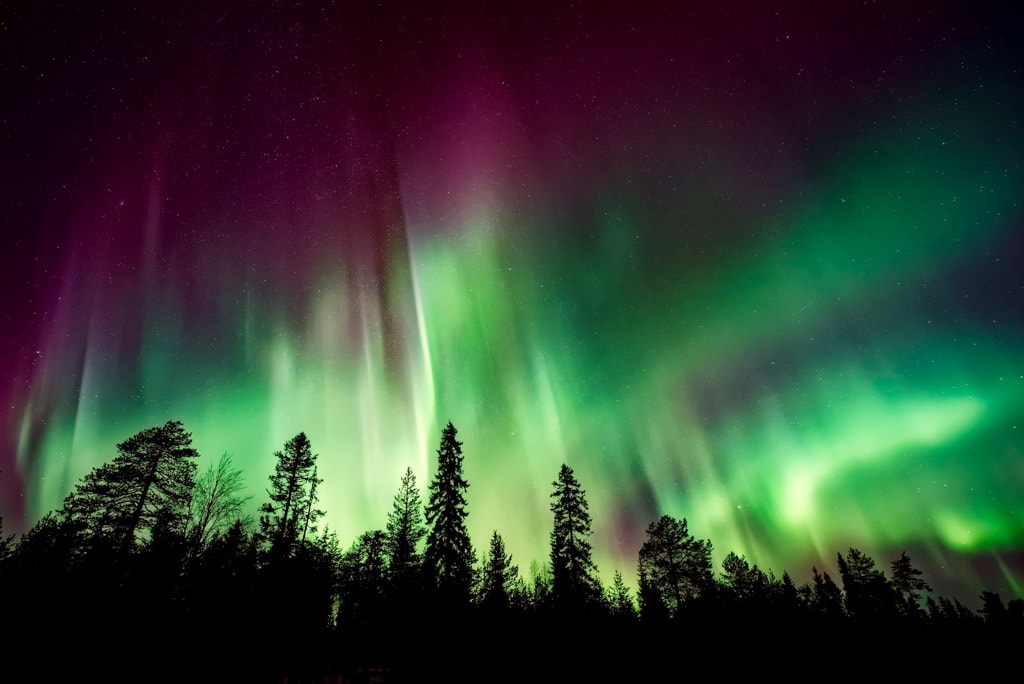
Choosing the Right Location
Iceland’s diverse landscapes offer numerous locations for Northern Lights viewing. While the lights can be seen from urban areas, venturing into the countryside provides a more immersive and awe-inspiring experience. Popular locations for aurora hunting include Thingvellir National Park, Landmannalaugar, and the isolated Westford’s. Escaping city lights and embracing the untouched beauty of Iceland’s natural landscapes enhances the overall Northern Lights experience.
Northern Lights Iceland Hotels
Enhance your Northern Lights adventure by choosing accommodations that offer optimal viewing opportunities. Many hotels in Iceland provide wake-up call services, alerting guests when the lights make their appearance. Imagine stepping out of your cosy room to witness the aurora from the comfort of your accommodation—a truly magical and convenient experience that adds an extra layer of enchantment to your Northern Lights journey.
Northern Lights Photography in Iceland
Capturing the Northern Lights on camera is a popular and rewarding pursuit for many travellers. Iceland’s stunning landscapes provide the perfect backdrop for aurora photography. To ensure memorable photographs, equip yourself with a sturdy tripod, a camera with manual settings, and a wide-angle lens. Learning the basics of night photography and experimenting with exposure times can result in stunning visual mementos of your Icelandic aurora adventure.

Conclusion
In conclusion, the best time to see the Northern Lights in Iceland is during the peak months of November to February when extended darkness, increased solar activity, and favourable weather conditions create optimal viewing opportunities. Understanding the Northern Lights season, staying informed about solar activity, and choosing the right location are key factors for a successful aurora-chasing adventure. Whether you’re a seasoned aurora enthusiast or a first-time visitor, Iceland’s magical display of the Northern Lights promises an unforgettable and enchanting experience. Embrace the darkness, witness the celestial dance, and unlock the magic of the Northern Lights in Iceland.
Frequently Asked Questions for the best time to see Northern Lights in Iceland
Why is Iceland an ideal destination for witnessing the Northern Lights?
Iceland’s unique geographical location, just below the Arctic Circle, provides an optimal setting for viewing the Northern Lights. The country experiences extended periods of darkness during the aurora season, which, combined with its remote and unpolluted landscapes, makes it a perfect stage for the celestial display.
When is the best time to see the Northern Lights in Iceland?
The best time to see the Northern Lights in Iceland is during the peak months of November to February. This period offers the longest nights, increased solar activity, and favourable weather conditions, making it ideal for aurora viewing.
What factors influence the visibility of the Northern Lights in Iceland?
Several factors affect Northern Lights visibility, including solar activity, weather conditions, and geographical location. Clear skies, low light pollution, and strong solar winds significantly enhance the chances of seeing a vivid aurora display.
What are some of the best locations in Iceland for viewing the Northern Lights?
While the Northern Lights can be seen from urban areas, the best locations are in the countryside, away from light pollution. Popular spots include Thingvellir National Park, Landmannalaugar, and the Westfjords, where the untouched landscapes provide a stunning backdrop for the aurora.
How can visitors prepare for capturing the Northern Lights in photographs?
To photograph the Northern Lights effectively, travellers should use a sturdy tripod, a camera with manual settings, and a wide-angle lens. Experimenting with long exposure times and learning basic night photography techniques will help capture stunning images of the aurora against Iceland’s dramatic landscapes.

